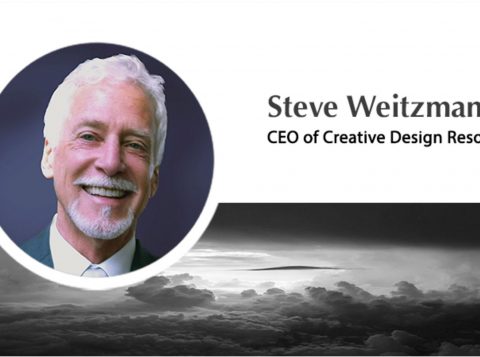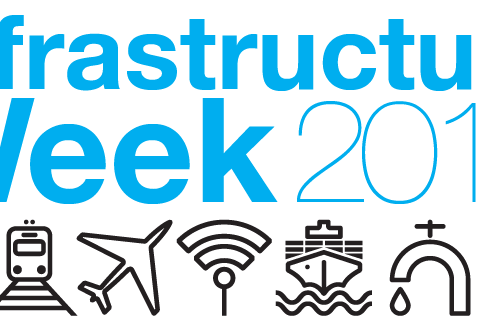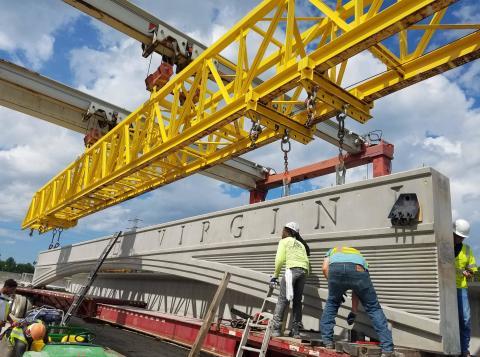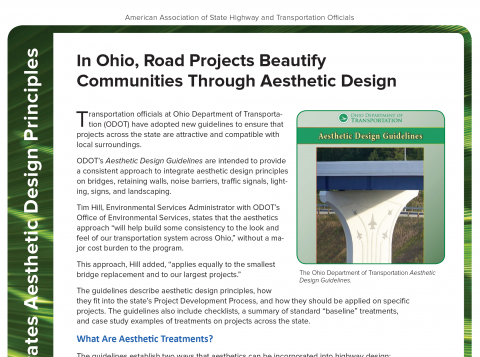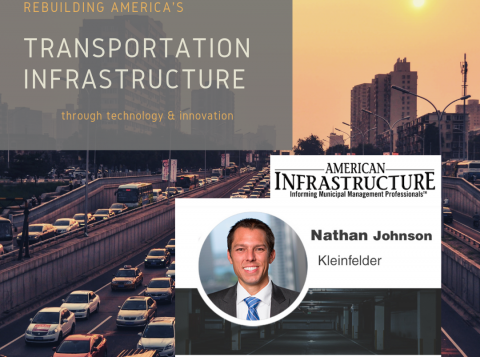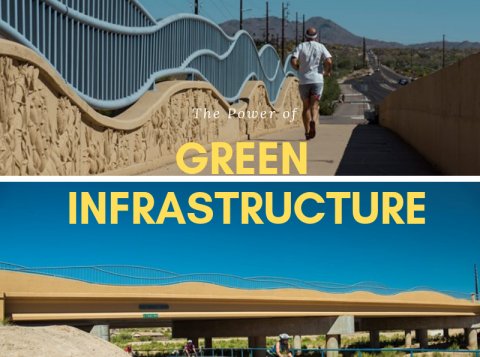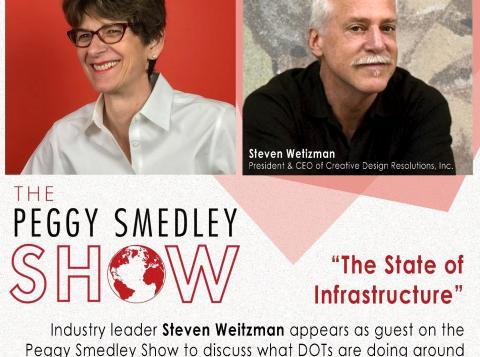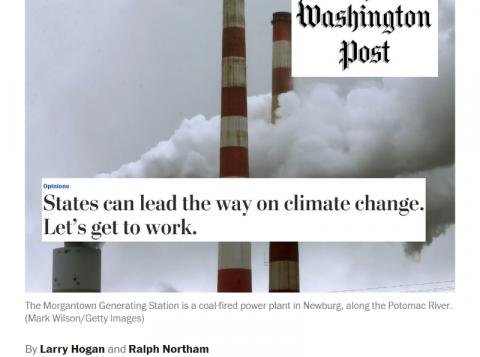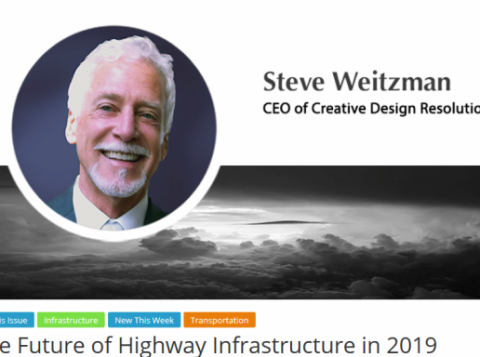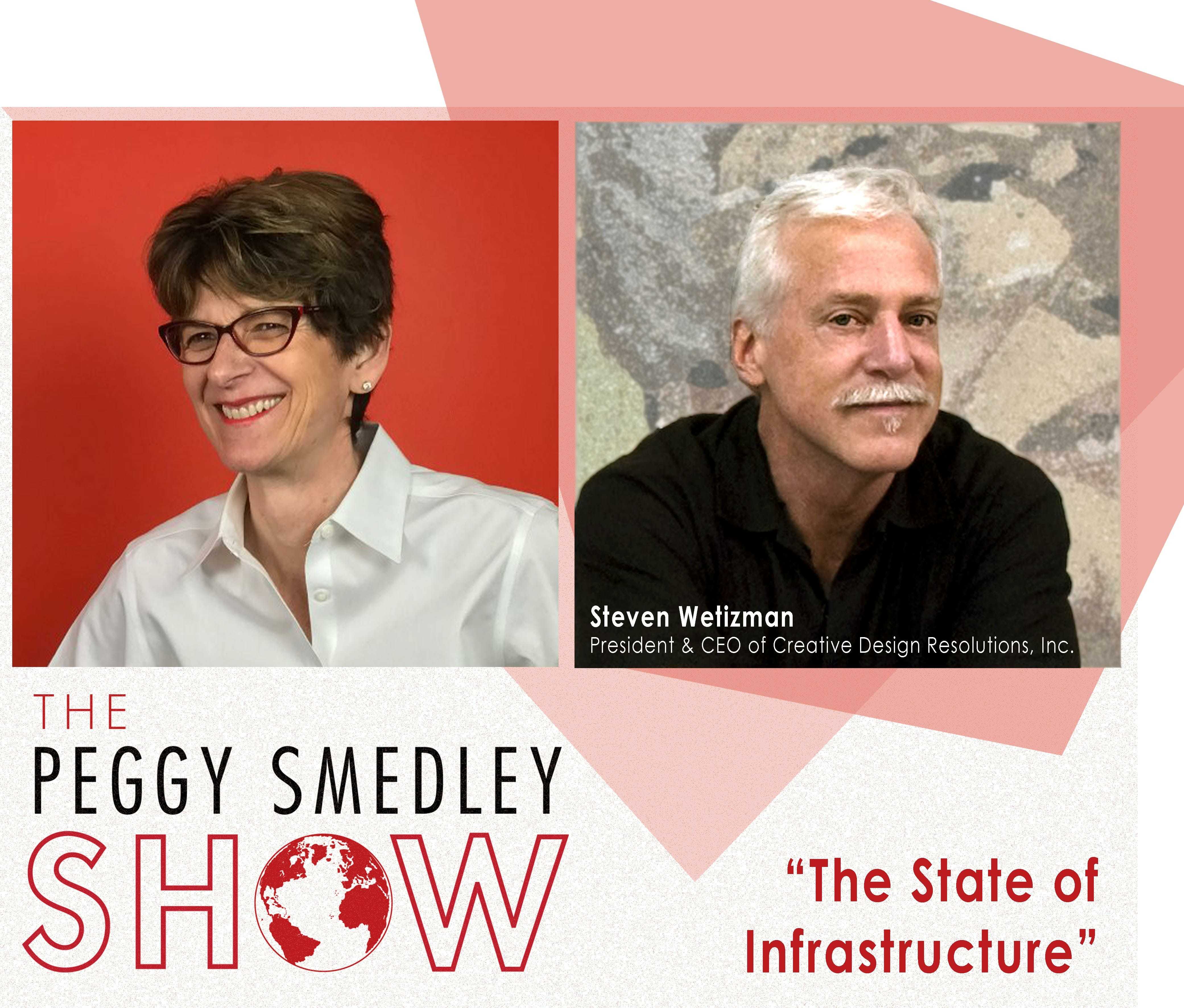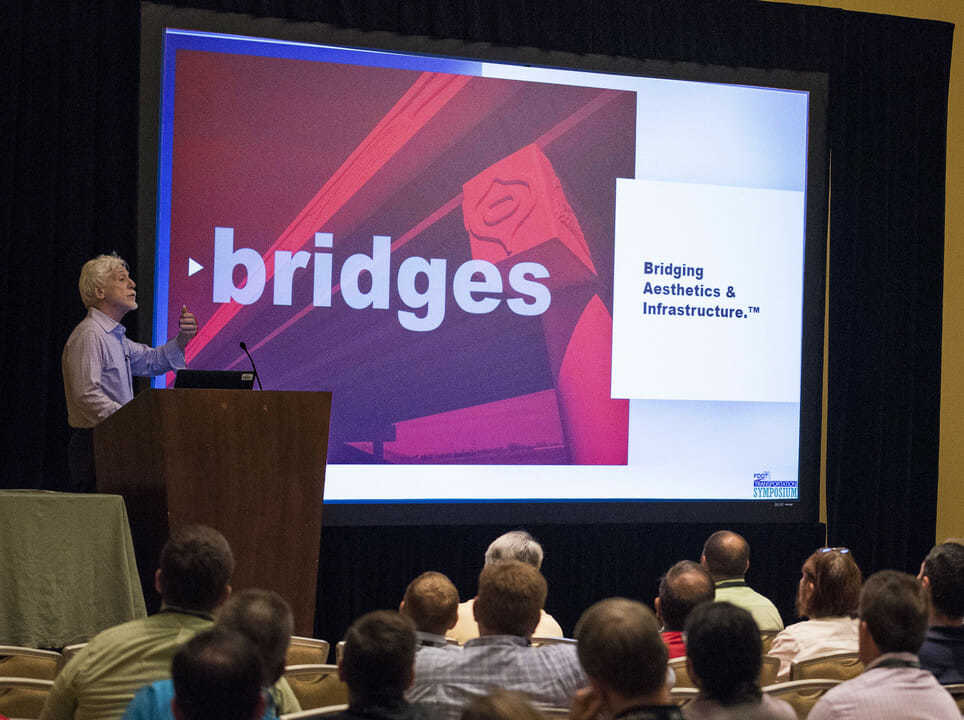
Streamlining the Incorporation of Aesthetic Designs Creates Cost-Savings for Transportation Departments Across the Country
It was truly a pleasure to speak to the DOT professionals and their consultants, at Florida’s Transportation Symposium on Tuesday. I am pleased by the positive feedback and reception given to Chief Engineer Casey Shell and myself by those in attendance. Casey and I shared our experiences and strategies, from two different points of view: administration/engineering and design/development.
This conversation included discussions about cost-saving measures for design and fabrication and also ways to enhance the communities’ involvement to the infrastructure projects in Oklahoma. These best methods and practices have been successfully used throughout the country for over the last 20+ years, by numerous DOT’s across the country.
Creative Design Resolution’s (CDR) success in Oklahoma, and dozens of other states across the country, can be directly attributed to the inclusiveness of our process. Every project begins with the understanding that Safety and Functionality, ‘drive’ all other aspects of any given project. To assure that the context of the proposed aesthetic designs begins with a conversation the client (DOT), their stakeholders and constituents that helps to direct the aesthetic design programming of the structures to the heart and history of the area. We create an environment for DOT and community members to express their interests and ultimately, have a voice in how the bridge and/or highway projects could best represents and celebrates their communities. Of course, we do our own research, schedule community meetings and, over the years, have developed a strong ability for listening to the needs, desires, interests and pride of these communities and their stakeholders.
To be clear, their involvement is not merely a polite gesture of inclusivity; rather, it carries great value, not just from the information and point of view they share with us, but also by giving the community a sense of ownership of the work itself. Once we have that data, we translate the information into conceptual designs and options that are representational and realistic.
Whether we present extremely photographic computer renderings that visually offers a window through which to see the future structure and it’s details, or realistic animated drive-thru’s that show the experience of traveling on the highway or under this new bridge, these really solidify how the proposed ideas will end up looking, how they are programmed and experienced in the future. There is no guesswork involved – our concept renderings reflect exactly the way it is going to look. As the community gets involved, and as the process continues to evolve, they now have the platform to adjust the conceptual designs, so the final aesthetics treatment truly speaks to the context of their community and is reflective of their values and interests.
To explain the topic of the aesthetics that are incorporated into infrastructure projects across the state, the Director of Oklahoma’s Department of Transportation succinctly stated that “the community actually wanted more,” and that the incorporation of such designs has “now become part of our culture.”
As CDR began working in Oklahoma, it became clear to me early on that the normal means and methods of infrastructure design for DOT projects around the country have numerous opportunities to include aesthetics in construction projects. Traditionally, any project that requires form liners, is left up to the contractor to decide on to create the desired affect designed by the engineers of record. This tradition is also part of the challenge, because most often, contractors will pick the least expensive type of form liner (plastic vacuum formed) to make that impression when they cast against it. But, that form liner is only good for two or three pulls, after which it must be discarded and a new one is purchased and used as they continue.
When there is a need to fill thousands of square feet of wall, and each liner only allows three pulls, the cost of surface treatment becomes very expensive. What CDR specifies in our design work is that form liners be made of urethane rubber. While the initial cost of the form liners is more, these types of liners allow contractors to get 50 to 100 uses as opposed to three or four. Consequently, urethane rubber form liners provide more life and more opportunities to be used for another project – especially when the project is designed modularly, as all of our projects are. The contextually based modular designed projects are all about the state, city and their communities. There is a great financial benefit in how these locally themed form liners integrate to each other and can be mixed and matched to create new designs and new ways of expressing and telling a story – without spending any more money.
To that end, ODOT and CDR decided the best way to do that is to create an inventory of all form liners; warehouse them, inventory them, and check them in and out the way you would a library book. This method has saved ODOT hundreds of thousands of dollars in form liner costs, and of course they own this inventory which can be reused for any project across the state.
But here is the key: they made a couple of small adjustments in their letting and contracting processes to make urethane liners a prerequisite and requirement for their contractors, to be returned to the DOT after the projects are completed and they begin or continue to create a design language to untimely tell the story of the state and its citizens.
I look forward to sharing more best practices and continue the conversation with you all in the coming weeks regarding CDR’s work with other DOTs across the country.

